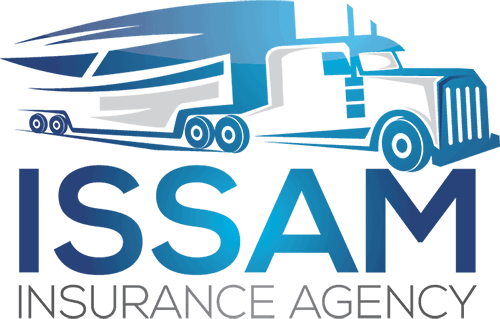
It is no secret there is a driver shortage for motor carriers. Enticing candidates to enter this career field is challenging enough, but finding quality candidates and keeping them is equally difficult. Be that as it may, it is important to properly screen driver applicants.
It is not enough to accept an applicant based solely on word of mouth or referrals. Motor carriers should incorporate a practice of due diligence to assess a driver’s knowledge, skills, and attitude.
With this in mind, the following is a sample set of questions and tips to consider as part of your evaluation of driver applicants. This list is not intended to be all-inclusive and is meant for educational purposes. Feel free to add these ideas to your existing screening processes and tailor them to best suit your operations.
PRE-TRIP INSPECTION
The pre-trip vehicle inspection is a great opportunity for an evaluator to watch how a driver conducts him or herself outside of the vehicle. As the driver responds to your questions, listen to his or her reasoning and attention to detail.
ROAD TEST
Conducting a road test is optional in lieu of the applicant’s valid commercial driver’s license (CDL), but you should consider making this a mandatory step in the screening process. Observing a driver’s abilities and attitude behind the wheel is the best way to verify he or she is capable of performing the job. Be sure to document the road test and have it signed by the applicant and test evaluator. The road test should include a variety of driving situations, such as over-the-road driving, parking, loading/unloading, and conditions the driver can expect to work in.
JOB INTERVIEW
A one-on-one job interview — be it in person or on the phone — allows the motor carrier to engage in a conversation with the applicant. An interview can be very telling, especially if the interviewer can get the applicant to talk about his or her driving experience. Use this opportunity to gauge the applicant’s ability to problem solve, communicate, and fit into the company culture.
CALL TO ACTION



